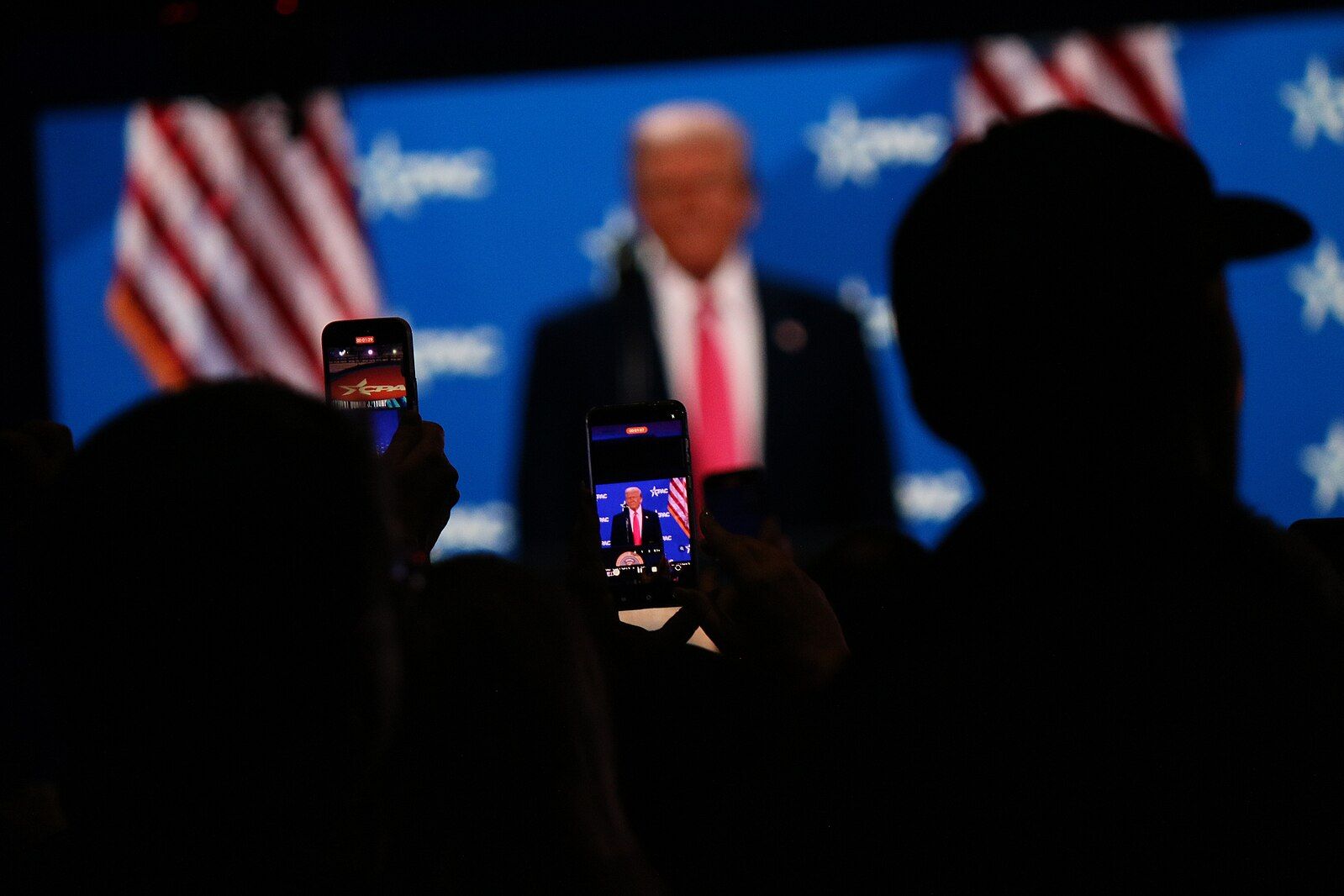Trump and the Conservative U.S. Counter-Revolution

```html
The Long Game: How a Century of Conservative Machinations Led to Trump's 2025 Power Grab
A Counter-Revolution Decades in the Making
Donald Trump's 2025 inauguration wasn't a spontaneous eruption of political change. It was the culmination of a meticulously planned, century-long conservative project to reshape American governance. The McCune archives at Columbia University, a treasure trove of previously unexplored documents, reveal how industrialists, conservative foundations, and far-right ideologues have steadily worked to infiltrate institutions, neutralize democratic opposition, and ultimately, pave the way for an authoritarian model.
This investigation exposes the deep roots of this counter-revolution, stretching back to the 1930s. Influential figures like Alfred P. Sloan and Irénée DuPont, threatened by Roosevelt's New Deal, spearheaded the American Liberty League, advocating for a corporatist, non-democratic model disguised as deregulation. This vision even manifested in a foiled coup attempt, the "Business Plot,” where wealthy industrialists conspired to overthrow Roosevelt himself.
From Business Plot to Institutional Capture
Though the coup failed, these industrialists redirected their efforts toward institutional capture, pouring their vast resources into foundations designed to reshape society according to their vision. This project accelerated in the post-war era, fueled by Cold War paranoia. Foundations like Mellon, Scaife, Lilly, and Richardson orchestrated an unprecedented effort to undermine the federal state, cloaked in anti-communist rhetoric. These foundations birthed influential think tanks like the American Enterprise Institute (AEI) and the Heritage Foundation, which continue to shape conservative thought today.
The Rise of the New Right and the Weaponization of Fear
The rise of the John Birch Society in the 1950s injected a potent dose of populism into this conservative revolution, normalizing extremism and fostering a climate of fear around supposed communist subversion. This groundwork paved the way for the “Moral Majority” and fueled the rise of figures like Richard Nixon, who honed his political teeth on anti-communist fervor.
The New Right further refined its tactics with direct mail campaigns, pioneering the kind of targeted messaging that prefigures today’s social media algorithms. This allowed them to mobilize support for conservative causes and cultivate a network of loyal donors.
From Reagan to Gingrich: The Slow Burn of Revolution
While the New Right faced setbacks with figures like Goldwater and Wallace, Richard Nixon’s presidency offered an opportunity to infiltrate high offices. Key conservative figures took control of influential institutions like the CSIS and the Heritage Foundation, solidifying their power and influence. The Reagan era saw a further consolidation of conservative power, with figures like Joseph Coors, a major Heritage Foundation donor, becoming Reagan's personal advisor.
William J. Baroody, a key figure in the conservative movement, articulated their vision for a culture war, arguing that businesses must actively shape public opinion in favor of "market freedom." He saw public opinion hostile to business as a threat to the very viability of a free society.
"In this war of the minds of men – and it is an unrelenting war – at stake is the institutional framework of the free society itself.” - William J. Baroody
Newt Gingrich, a key architect of the Republican takeover of Congress in 1994, further radicalized the conservative movement, paving the way for a leader who would embrace their ultimate goal: dismantling the established order. That leader, of course, was Donald Trump.
Project 2025: The Authoritarian Blueprint
Project 2025, the Heritage Foundation’s “mandate for leadership,” became the blueprint for Trump’s return to power in 2025. With Elon Musk as a key advisor, the administration swiftly purged opposition, neutralized checks and balances, and implemented a sweeping program of institutional transformation. This included dismantling social services, prioritizing loyalty over competence in appointments, and targeting higher education, branding universities as “enemies.”
A Decisive Turning Point for American Democracy
The current situation marks not just a resurgence of conservatism, but the culmination of a century-long strategy. Trump, far from being a maverick, serves as a tool for corporate elites who have been driving this agenda since the 1930s. The convergence of traditional conservative networks with tech power brokers like Elon Musk and Peter Thiel, coupled with unprecedented technological capabilities, adds a dangerous new dimension to this project.
The McCune archives offer a chillingly accurate prediction of current events, reminding us that the erosion of democratic values often happens in small, seemingly innocuous steps, disguised as efficiency and reform. The question remains: can we mobilize the resources and awareness needed to counter this formidable assault on our democratic freedoms?